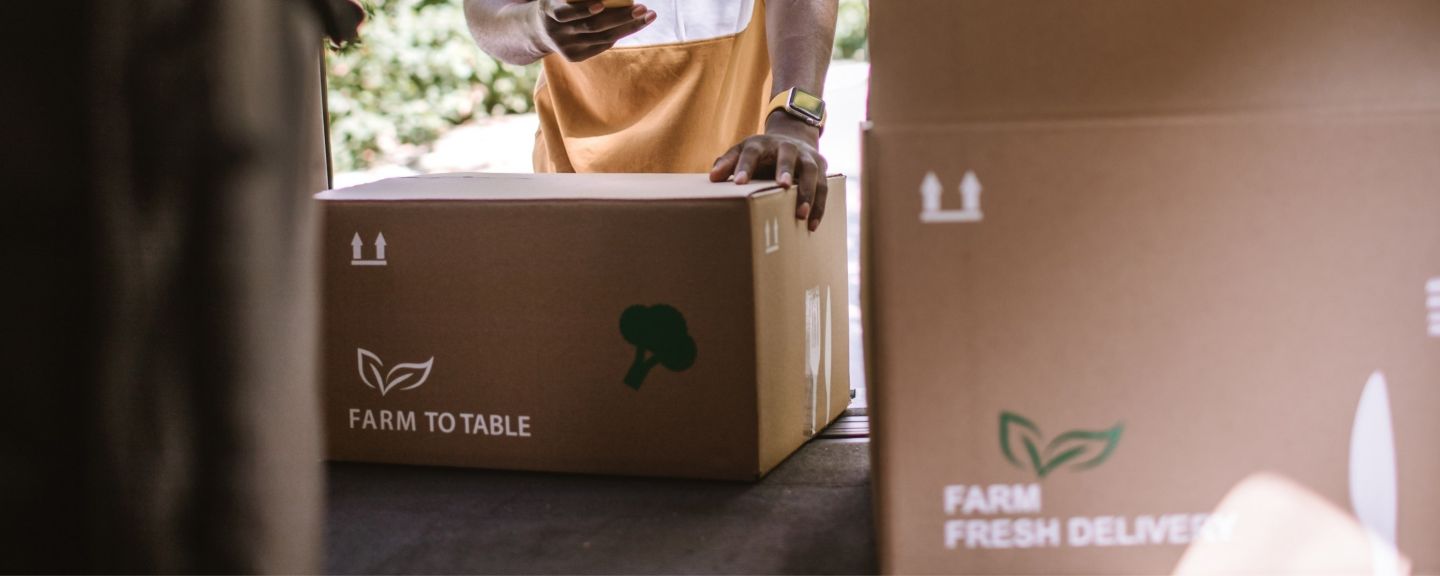-
Global
-
Africa
-
Asia Pacific
-
Europe
-
Latin America
-
Middle East
-
North America
- |
- Партнеры
- |
- Блог (СШ)
- |
- Контактная информация
- |
-
Программное обеспечение
Программное обеспечение
-
Решения для автоматизации
Решения для автоматизации -
Решения для повышения производительности
Решения для повышения производительности-
Связь и обмен сообщениями
-
ПО для бизнес-аналитики
-
Управление трудовыми ресурсами и задачами
-
Отбор и обработка заказов
-
Доставка
-
ПО Reverse Logistics
-
Управление устройствами
-
SwiftDecoder
-
Печать штрихкодов
-
Инструменты разработки
-
Браузеры и эмуляторы
-
Платформа разработки ПО для сканирования TotalFreedom
-
-
Решения для охраны труда и обеспечения безопасности
Решения для охраны труда и обеспечения безопасности
-
-
Услуги
Услуги
-
Решения для автоматизации
Решения для автоматизации -
Решения для повышения производительности
Решения для повышения производительности -
Решения для охраны труда и обеспечения безопасности
Решения для охраны труда и обеспечения безопасности
-
-
Отрасли
Отрасли
-
Здравоохранение и медико-биологические науки
Здравоохранение и медико-биологические науки -
Транспорт и логистика
Транспорт и логистика -
Производство
Производство -
Распределительные центры
-
Розничная торговля
Розничная торговля -
Электронная коммерция
-
Инфраструктура
Инфраструктура -
Аэрокосмическая и оборонная отрасль
-
-
Поддержка
Поддержка
-
Automation
Automation -
Эффективная работа
Эффективная работа -
Safety
Safety -
Sensing Solutions
Sensing Solutions-
Sales Contact Form
-
Technical Support
-
Certificates
-
Global Locations
-
Blog (US)
-
Return Material Authorization (RMA)
-
Return Material Authorization (Citytech)
-
EnviteC - Return Material Authorization (RMA)
-
eCOM Portal
-
Distributor Inventory
-
City Technology Materials Safety
-
City Technology Instructions for Safe Use
-
EnviteC Cross Reference List
-
-
You are browsing the product catalog for
- Продукция
- Решения для автоматизации
- Решения по стратегии
- Micro-fulfillment Centers


Micro-fulfillment Centers
Shorten the Distance Between You and Your Customers With Small-footprint Fulfillment Automation
Omnichannel fulfillment complexities are permeating every sector of the retail landscape. To meet escalating customer service demands, retail leaders are looking for ways to augment regional distribution center (DC) hubs with a rapidly emerging micro-fulfillment center (MFC) strategy — one that utilizes highly automated, small-footprint automation systems that can be installed in stand-alone facilities or in (or near) existing stores.
In this hypercompetitive market, retail leaders who are already adopting MFC strategies are gaining a first-mover advantage. Honeywell Intelligrated is combining robust automation equipment, robotics and advanced execution software to help retailers deploy micro-fulfillment strategies across the retail spectrum.
From grocers to major e-commerce players and traditional big-box stores, retailers are faced with unprecedented omnichannel fulfillment complexities. Not only do customers want faster order fulfillment and delivery, but they’re also opting to buy online and pick up in store (aka BOPIS or “click-and-collect”) — often within a few hours. Adopting an MFC approach is helping companies to accelerate deliveries and shorten the distance between fulfillment centers and their customers. Honeywell Intelligrated is helping leading retailers deploy these robust, flexible solutions to improve fulfillment logistics and meet escalating consumer demands.
Market drivers and retail trends
As more consumers purchase through online channels, it’s estimated that worldwide e-commerce sales will double between 2018 and 2023. Combined with escalating labor challenges, the scarcity of real estate and the need to digitize fulfillment and supply chain logistics, e-commerce pressures have created a perfect storm of market conditions for micro-fulfillment strategies to emerge.
- Faster delivery — 56% of online consumers between the ages of 18–34 expect same-day delivery. Traditional fulfillment strategies alone will struggle to keep pace.
- Urbanization — 54% of the world’s population currently live in urban areas — a demographic expected to grow to 68% by 2050. Moving MFCs in closer proximity to these high-population centers significantly improves last-mile (or last-hour) delivery. Brick-and-mortar retailers can leverage their existing stores for a geographically dispersed distribution network.
- Space constraints — Industrial and logistics real estate low vacancy rates have made it more difficult and/or cost-prohibitive to invest in traditional DC footprints. Retailers need options to create effective stand-alone or in-store fulfillment strategies.
- SKU proliferation — The seemingly limitless expansion of product varieties and diverse inventories (aka SKU proliferation) magnifies fulfillment complexities. Dense storage and fulfillment automation has proven very effective in addressing these complexities, even for grocers entering the e-commerce arena.
- Labor challenges — Nearly one-third of distribution and fulfillment (D&F) operations experience turnover rates between 25 and 100%. As fulfillment speeds and complexities approach the limits of human capabilities, relying on manual labor alone is not a viable long-term strategy.
- Click-and-collect complexities — Efficiently fulfilling BOPIS service levels has proved problematic and unprofitable for grocers and big-box retailers alike. Food retailers incur a loss of $5–$15 on every manually picked online grocery order, while store aisles filled with click-and-collect order pickers create unpleasant shopping experiences.
Micro-fulfillment center solution profile
If necessity is the mother of invention, then this perfect combination of market forces is driving the need for new approaches to traditional distribution strategies. In a micro-fulfillment center model, retailers can expand on their existing fulfillment capabilities relatively quickly by leveraging regional distribution hubs and implementing automation technologies in urban facilities and retail stores. Honeywell Intelligrated is helping leading retailers develop MFC strategies that are ideally suited to capitalize on the unique challenges confronting today’s retail sector.
- Small footprint — Compared to traditional automated distribution and fulfillment centers, which typically range from 300,000–350,000 sq. ft., MFCs typically occupy spaces less than 20,000 sq. ft. This offers the flexibility to locate MFCs within a small, stand-alone facility or integrate with (or add onto) a retail store.
- Hub and spoke distribution — An MFC approach supports a hub-and-spoke distribution model with a regional DC as the hub and multiple spokes located within proximity to urban population centers. This shortens the distance for last-mile or last-hour delivery while supporting in-store pickup for retailers offering BOPIS fulfillment models.
- Dense, high-velocity automation — MFCs can maintain an inventory of 8,000–15,000 SKUs with the automated efficiencies to enable accurate, high-velocity fulfillment. Solutions range from partially to completely automated scenarios and require proportionate investments in automation and robotics equipment. MFCs often benefit from supplemental inventory from an attached store or a regional fulfillment center hub.
Micro-fulfillment automation technologies
From automated storage and retrieval systems (AS/RS) to sophisticated warehouse automation equipment and robotics, micro-fulfillment centers utilize the most advanced distribution and fulfillment technologies to emerge in the past decade. Honeywell Intelligrated combines the best of existing and new automation technologies to develop innovative micro-fulfillment center solutions for omnichannel retail customers. Combining AS/RS shuttles, autonomous mobile robots (AMRs) and advanced Momentum™ execution software, we’re integrating the latest technological advancements to help our customers meet the demands of next- and same-day order fulfillment.
AS/RS goods-to-person (GTP) shuttle
Our micro-fulfillment center solution starts with proven AS/RS shuttle technology capable of storing up to 15,000 SKUs in multiple aisles. Mass retailers can use all aisles for dry goods; food retailers can use any combination of ambient and refrigerated aisles for both dry and chilled goods. The shuttle retrieves goods from the aisles and delivers them to manual GTP order consolidation stations. Once operators complete an order, totes are conveyed to the delivery area for customer pickup.
The solution also includes an AMR-assisted manual picking station for fast-moving, high-velocity items and an option for grocers to integrate a walk-in freezer for frozen goods. Operators pick goods from these locations and place items into totes located on AMRs, which then deliver these SKUs to the appropriate GTP station for order consolidation. Momentum-based routing and storage software orchestrates the entire process for maximum throughput and efficiency.
In a typical food retail scenario, a bolt-on MFC would handle 600–2,500 totes per hour, depending on scale. Completed orders could be loaded for delivery to consumers or placed in a refrigerated locker for in-store pickup.
Enhanced robotic integration
If you’re seeking a fully automated solution, advanced MFC systems aim to minimize reliance on manual labor and maximize fulfillment accuracy and productivity. Both AS/RS shuttle and dense storage systems can be equipped with mobile robots in a goods-to-robot (GTR) configuration, and even have the potential to integrate robotic arm and artificial intelligence (AI) technologies for picking.
With this approach, AS/RS shuttle or dense storage systems are still responsible for storage and retrieval, while mobile robots are integrated into the decanting, consolidation and picking processes. Instead of manual labor, mobile robotics transport goods from the workstations on the floor — while robotic arms perform each picking at GTR workstations. These powerful robotic solutions are capable of processing high volumes of data for faster decision-making and offer the flexibility to adapt to a full spectrum of process workflows.
Regardless of your specific fulfillment requirements or facility constraints, Honeywell Intelligrated is ready to help you implement a robust micro-fulfillment strategy and prepare for the future of e-fulfillment. Our experts can design the best-fit solution for your business and help you achieve a first-mover advantage in your sector.
Micro-fulfillment center capabilities — at a glance
MFC solutions from Honeywell Intelligrated can be tailored to meet a spectrum of fulfillment requirements — from 5,000 to 15,000 SKUs and within a 6,000 to 20,000 sq. ft. footprint — and can include any combination of ambient and refrigerated storage. Below is an example of a typical grocery micro-fulfillment center design specification:
- 10,000 SKUs
- 12,000 sq. ft.
- Up to 1,000 orders per day
Assumptions:
- 4 GTP pick stations
- 15 lines per order
- Presentation hit rate = 1.1
- 15 operational picking hours per day
Micro-fulfillment center benefits
Micro-fulfillment center solutions from Honeywell Intelligrated deliver the following benefits:
- Close proximity to customers for faster fulfillment
- Flexible integrations into existing stores, bolt-on installations or stand-alone facilities
- Quick to deploy and commission
- Reduced reliance on manual labor
- Adaptable to a wide variety of market segments
- Ongoing consultative expertise and full lifecycle support
Related Content
Micro-fulfillment Centers
Будьте на связи
Подпишитесь и получайте эксклюзивные сообщения от Honeywell, включая техническую информацию, новые предложения, новости о продукции, мероприятиях, опросы, специальные предложения и связанные с ними темы, по телефону, электронной почте или в иной форме.
Copyright © 2024 Honeywell International Inc











